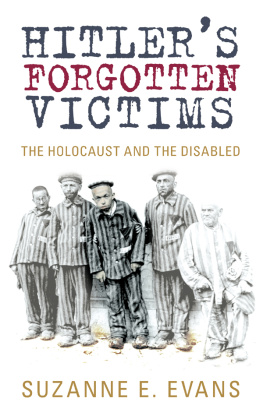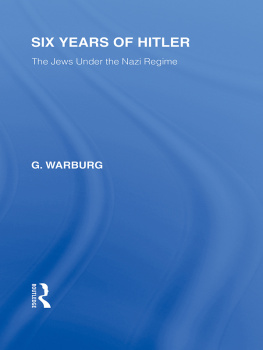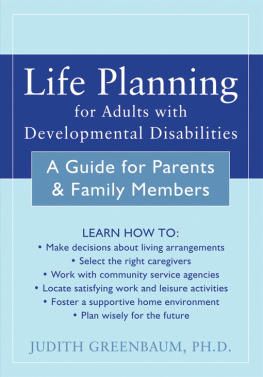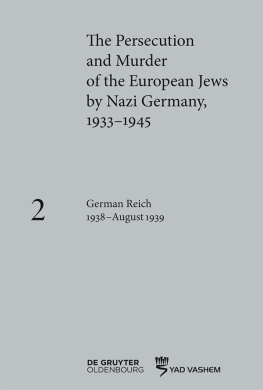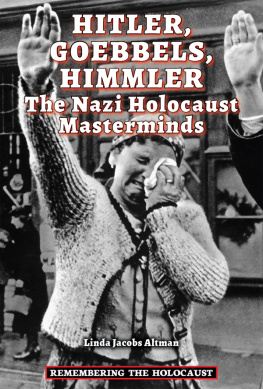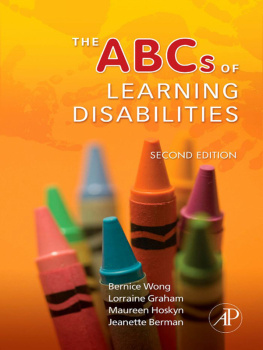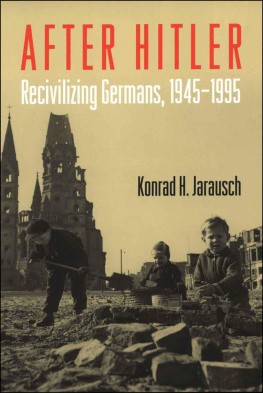NOTES
INTRODUCTION
Friedlander, H., The Origins of Nazi Genocide: From Euthanasia to the Final Solution (Chapel Hill, 1995).
Burleigh, M., Death and Deliverance: Euthanasia in Germany, 19001945 (Cambridge, Mass., 1994).
CHAPTER 1: THE CHILDRENS KILLING PROGRAMME
There are conflicting reports about the Knauer babys physical condition. See Friedlander, pp.3940. See also Burleigh, pp.9296; Hugh Gallagher, By Trust Betrayed: Patients, Physicians, and the License to Kill in the Third Reich (Arlington, Va.: 1995), pp.9596.
Quoted in Lifton, R., The Nazi Doctors: Medical Killing and the Psychology of Genocide (New York, 1986) p.51.
Testimony of War Criminals, United States v. Karl Brandt, et al., Quoted in Burleigh, pp. 9496.
Ibid.
Brandt continued: About petitions which he [Hitler] himself had received, and he told me to contact [Reichsleiter] Bouhler himself about the matter. I did so by telephone on the same day, and I then informed Hitler about my conversation with Bouhler But this was not the cause of the Euthanasia Programme being started. In his book, Mein Kampf, Hitler had already referred to it in certain chapters, and the Law for the Prevention of the Birth of Children Suffering from Hereditary Diseases is proof that Hitler had definitely concerned himself with such problems earlier. Quoted in Burleigh, p.97.
Ibid., pp.9899.
Ibid., p.99.
Friedlander, pp.4446.
Burleigh, p.101.
Table 1 is from Friedlander.
Gallagher, pp.109110.
A similar letter can be found in Burleigh, p.151.
Quoted in Burleigh, pp.126127.
Burleigh, p.103.
Quoted in Friedlander, p.50.
Dr Pfannmller also killed many children by lethal injection of medication. He later tried to justify his crimes by explaining that putting children to sleep was the cleanest form of euthanasia The child simply dies of a certain congestion in the lungs, it does not die of poisoning. See Friedlander, p.54.
Quoted in Burleigh, p.103.
Friedlander, pp.5659.
Ibid.
The term treatment was used because the phrase to kill was too incriminating to be used even in classified documents. After the war a T4 official testified about the authorisations, Berlin sent us so-called authorising documents and these children, after a little while, would arrive too The children were assisted in dying. Friedlander, p.57.
Physicians typically received bonuses of 250 reichsmarks for their participation in the killings.
Friedlander, p.170.
), 1998.
Quoted in Glass, J. M., Life Unworthy of Life: Racial Phobia and Mass Murder in Hitlers Germany (New York, 1997), p.62.
CHAPTER 2: THE T4 ADULT EUTHANASIA PROGRAMME
The German governments definition of euthanasia was expansive. It applied to all persons with a wide range of mental and physical disabilities, such as blindness, deafness, retardation, epilepsy, autism, depression, bipolar disorder, mobility disabilities, and many kinds of physical deformities, from harelips to missing limbs.
Quoted in Burleigh, p.112.
Ibid.
Scholars estimate that in the official euthanasia programme in Germany, at least 275,000 were killed solely because of their disability. But most of these estimates do not include (a) those who were gassed or shot when they became disabled due to botched sterilisation procedures, medical experimentation, or maltreatment in concentration camps; (b) those victims who were both Jewish and disabled; (c) those with disabilities killed in occupied countries; and (d) those killed after Hitler put a halt to the official euthanasia programme in August 1941. Taking these factors into account, it is reasonable to conclude that as many as 1 million people with disabilities perished during the Nazi regime. See Gallagher, H. G., Black Bird Fly Away: Disabled in an Able-Bodied World (Arlington, Va., 1998), p.225; Weiss, J., Ideology of Death: Why the Holocaust Happened in Germany (Chicago, 1996), p.335.
The core group of medical professionals that initially assembled included Professors Maximian de Crinis of Berlin, Carl Schneider of Heidelberg, Berthold Kihn of Jena, and Werner Heyde of Wurzburg. Also included in the group were Dr Werner Catel, Dr Hans Heinze, Dr Hermann Pfannmller, Dr Ernst Wenzler and Dr Paul Nitsche, director of the Sonnenstein asylum. See Burleigh, p.113.
Friedlander, pp.8890.
Friedlander, pp.7376.
Friedlander, p.76.
Friedlander, pp.8384.
Friedlander, p.85.
Letter from Dr Wurm, of the Wurttemberg Evangelical Provincial Church, to Reich Minister of the Interior Dr Frick, 5 September 1940, in Nazi Conspiracy and Aggression (Washington, DC, 1946), Supp. A, p.1223.
Ibid.
Ibid.
Letter from Reichsfuhrer-SS Himmler to SS-Oberfuhrer Brack, 19 December 1940, in Trials of War Criminals Before the Nuremberg Military Tribunals (Washington, DC, 19491953), I, 856.
Friedlander, pp.8990.
Friedlander, p.91.
Friedlander, p.91.
Friedlander, pp.9697.
Friedlander, p.91, 97.
Ibid.
Ibid.
Friedlander, p.92.
Friedlander, pp.110111.
Friedlander, pp.9198.
Ibid.
Quoted in Burleigh, pp.150151.
Friedlander, p.104.
Letter contained in Burleigh, pp.151152.
Friedlander, p.92.
Friedlander, pp.9296. All these procedures were designed not only to make the killing process quick and efficient but to lull the patients into believing they were simply following normal hospital admission routines.
Ibid.
Gallagher, By Trust Betrayed, p.12.
Lifton, Nazi Doctors, p.101.
Ibid.
, Handicapped Victims of the Nazi Era, 19331945.
Trials of War Criminals Before the Nuremberg Military Tribunals (Washington, DC, 19491953), I, 845846. Burleigh, p.179.
Friedlander, pp.113116.
Gallagher, By Trust Betrayed, p.169.
Friedlander, p.108.
Friedlander, p.151.
Friedlander, pp.141142.
Ibid.
Friedlander, p.142.
Friedlander, pp.160161.
Burleigh, p.240.
Ibid.
Burleigh, pp.241242.
Burleigh, p.242.
Burleigh, p.130.
Burleigh, pp.131132.
The Einsatzgruppen was composed of six major units that were attached to the German armies after the invasion of the Soviet Union for the specific purpose of killing hostile elements, including disabled men, women, children, and Jews. Organised by Reinhard Heydrich, the Einsatzgruppen consisted of members of the Secret Service of the SS as well as the German police and were subdivided into smaller units (Einsatzkommandos). Although mobilised during the Polish campaign of 1939, their main activity took place in 1941 and 1942. They were instrumental in killing hundreds of thousands of Russian and Ukrainian Jews and were the primary agent of the Final Solution before the establishment of the extermination camps. Often assisted by local police, the Einsatzgruppen gathered entire populations of fallen towns, shot them, and threw their bodies into large pits. They also used gas vans to kill prisoners and patients during transport. The Einsatzgruppen were disbanded in 1943, and efforts were made to conceal evidence of their work. The leaders were tried at Nuremberg, where twenty-two of twenty-four were sentenced to prison or death. From Walter Laqueur, ed., The Holocaust Encyclopedia (Yale University Press, 2001), p.164.
Burleigh, p.132.
Burleigh, pp.132133.
Friedlander, pp.140141.
Kogon, E., The Theory and Practice of Hell: The Classic Account of the Nazi Concentration Camps Used as a Basis for the Nuremberg Investigations (New York, 1998), pp.3536, 224.
Burleigh, pp.220221.
Friedlander, p.149.
Fisher, R., Medical Experiments, in Laqueur, pp.14101411.

